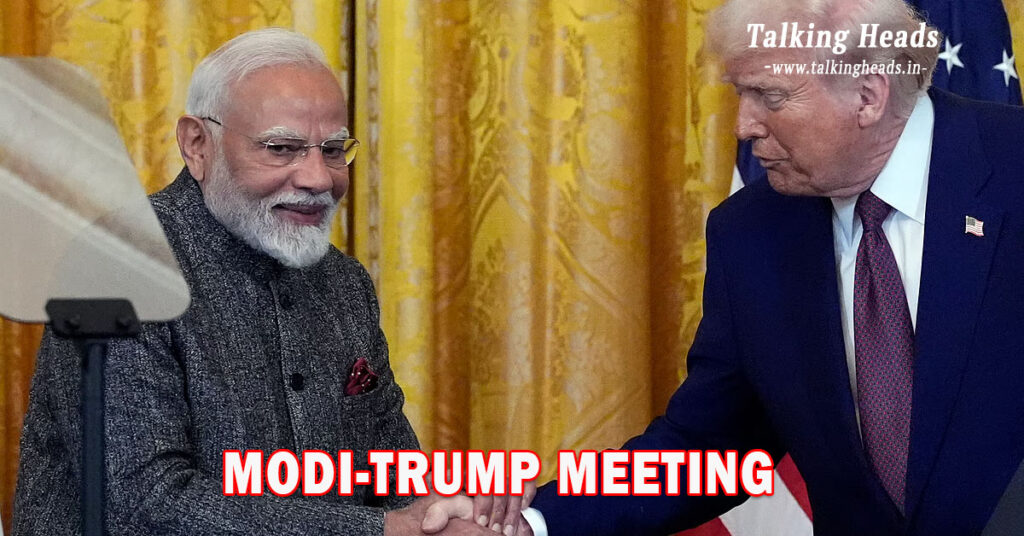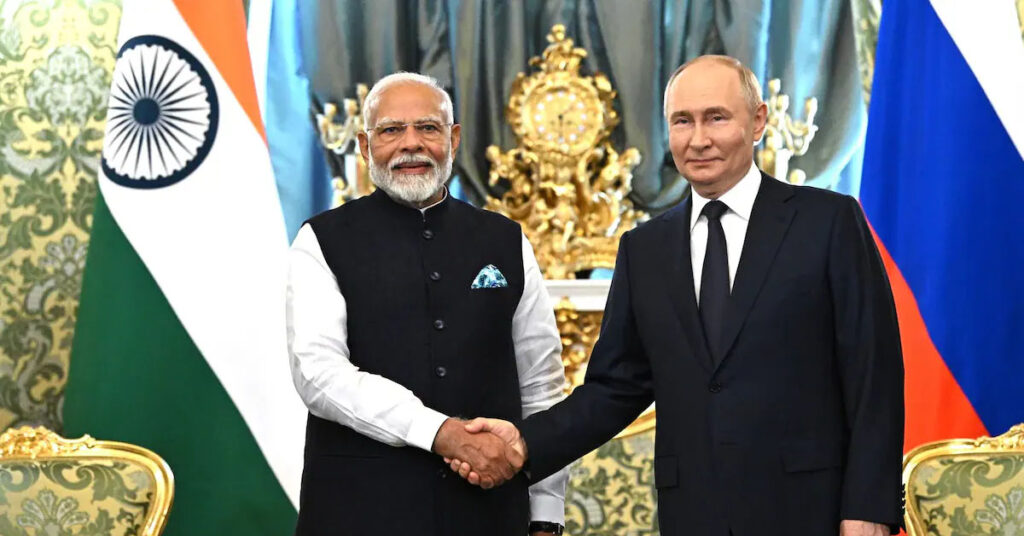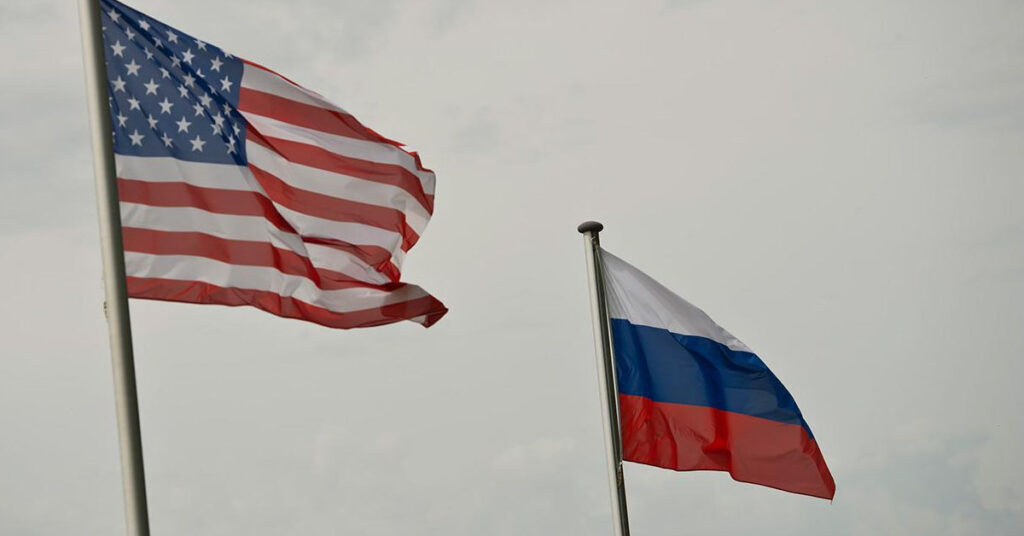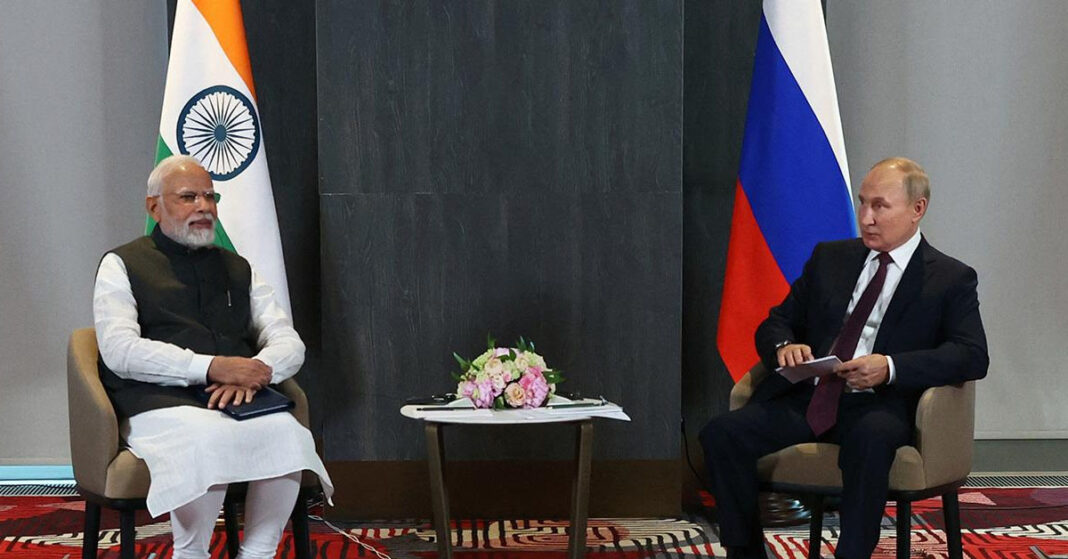For decades, Russia and the United States have remained two of India’s most significant strategic partners. However, the current global scenario has sharpened the question: Which side offers India the greater advantage?
Table of Contents
The debate intensified after U.S. President Donald Trump announced an additional 25% tariff on Indian exports due to New Delhi’s continued purchase of Russian oil. This new levy, combined with the pre-existing 25% tariff, raises the total duty to 50% — a move with serious economic implications for India.
Russia: A Historic and Trusted Ally
India’s relations with Russia are built on decades of strategic trust. From defense cooperation to energy supply, Moscow has consistently supported New Delhi.
According to the Stockholm International Peace Research Institute (SIPRI), between 2019 and 2023, Russia accounted for 36% of India’s arms imports. Moreover, discounted crude oil from Russia in recent years has provided India with significant economic relief.
After Western sanctions on Russia following the Ukraine war, Moscow began selling crude at reduced rates. This has saved India nearly $10 billion annually while meeting a large portion of its fuel needs.
The U.S.: India’s Largest Trading Partner
While Russia is a dependable strategic ally, the United States is India’s top trading partner. In FY 2024–25, bilateral trade reached $131.84 billion. America supplies India with advanced defense technology, clean energy solutions, and high-tech equipment.

India enjoys a substantial trade surplus with the U.S. — around $41 billion — exporting goods worth approximately $87 billion. However, Trump’s proposed 50% tariff could slash Indian exports to the U.S. by $50 billion, with potential job losses of up to 50,000.
Economic Costs of Choosing Sides
India imports around 88% of its total oil requirements, with Russia supplying about 35% of the imports in FY 2024–25 — a dramatic rise from just 1.3% in FY 2018.
If India stops buying Russian oil to appease the U.S., the tariff may drop to 25%, but even then exports could fall by $30 billion. At 50%, the losses would be far greater.
Analysts warn that tariffs not only hurt trade figures but also threaten employment in export-driven industries. Reduced shipments to America would directly impact manufacturing hubs across India.
Geopolitical Realities and Strategic Balance
Foreign policy experts stress that economic benefits cannot be the sole basis for deciding between Washington and Moscow. Geopolitics, national security, and diplomatic leverage must also weigh heavily in India’s calculations.

Historically, Russia has stood by India in times of crisis.
- In 1971, during the India-Pakistan war, Russia provided military and diplomatic backing while the U.S. openly supported Pakistan and even sent its 7th Fleet into the Indian Ocean.
- In 1998, after India’s nuclear tests, Russia continued arms supplies when Western nations imposed sanctions.
There is also a trust factor. Even if India stopped buying Russian oil, it’s not guaranteed that the U.S. would lift its additional tariffs. The American approach has been selective — for example, China purchased more Russian oil than India in 2024 but faced no similar tariff hikes.
Why Blind Compliance Could Backfire
Analysts caution that today’s dispute is about oil, but tomorrow it could be about BRICS, trade deals, or other strategic issues. If India bows to U.S. pressure on one front, it may invite more demands in the future.
Trump’s trade moves have also targeted countries like Brazil, citing unrelated political and social media policy disputes. This unpredictability makes it risky for India to rely solely on American goodwill.
Maintaining the Non-Aligned Approach
Since independence, India has followed a non-aligned foreign policy, avoiding permanent alignment with any major power bloc. Experts argue that India should maintain this balance, engaging with both Russia and the U.S. to safeguard its interests.

While cheap Russian oil may not last forever, defense cooperation between Moscow and New Delhi is deep-rooted. Even if India reduces crude imports from Russia in the future, the overall relationship is unlikely to deteriorate drastically.
Mutual Dependence: Why the U.S. Needs India Too
The tariff war is unlikely to last long. America also needs India as a strategic counterweight to China. Both nations have set a goal of boosting bilateral trade to $500 billion by 2030, and the powerful U.S. corporate lobby is pushing against prolonged tariffs.
Back-channel diplomacy with American lawmakers who support India could help defuse the current tensions.
The Road Ahead: Diversification and Reforms
Around 18% of India’s total exports go to the U.S. Experts recommend diversifying export markets to reduce vulnerability. Strengthening trade ties with Europe, Japan, Australia, and the UAE can provide alternative revenue streams.
For example, India exports about $3 billion worth of shrimp annually to the U.S., but a new free trade deal with the UK could open another lucrative market. Such diversification could soften the blow of any U.S. trade restrictions.
Domestically, experts suggest strengthening exporters, especially small businesses, to explore new markets. Reforms like increasing the workweek to six days temporarily could boost GDP by up to 2%.
Conclusion: Balancing Friendship and Self-Interest
India’s challenge lies in preserving strategic autonomy while maximizing economic benefits. Blindly siding with either Russia or the U.S. could jeopardize long-term national interests. The wisest path may be a carefully calibrated balance — engaging both powers while expanding partnerships with other global players.
In an increasingly polarized world, India’s ability to maintain this equilibrium could define its economic resilience and geopolitical influence in the coming decade.










